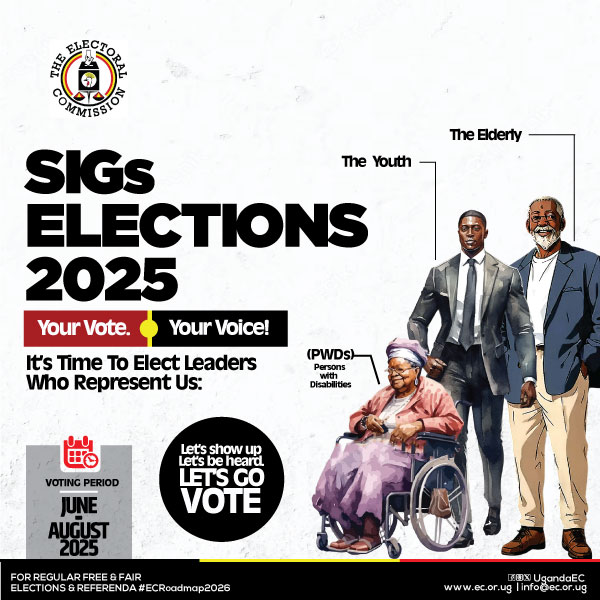The Uganda Bureau of Statistics (UBOS) has released the 2024 National Population and Housing Census profile for the Acholi Sub-Region, covering Gulu, Kitgum, Lamwo, Amuru, Nwoya, Omoro, Agago, and Pader districts. The findings highlight a population of more than 1.7 million people striving to recover from decades of conflict while confronting persistent socio-economic challenges.
The census counted a household population of 1,734,842 and non-household residents numbering 20,308, bringing the total to 1,755,150 people. The sub-region has 347,822 households, with an average size of 5.0 persons, and a population density of 113 persons per square kilometre.
Demographics and Labour Market
Children under 18 years form 50.9% of the population, while adults aged 18 and over make up 49.1%. The working-age population (14–64 years) accounts for 55.8%, and the elderly (65+) represent 4.8%. Youth unemployment remains a major hurdle: 35.2% of those aged 15–24 are not in employment, education, or training (NEET). Labour force participation among adults 15+ is 31.7%, with unemployment at 8.3%.
Living Conditions
Housing is dominated by ownership, with 90.2% of households owning their homes. Water access is relatively strong — 84.7% of households use improved sources — but sanitation access is weak. Only 35.1% of households have improved sanitation facilities, while 57.7% use unimproved options, and 7.2% still practice open defecation.
Electricity coverage is very low, with just 13.8% of households connected to the grid or using solar. Clean cooking fuels are almost absent at 0.9%, with most households relying on wood (72.2%) and charcoal (25.4%).
Health and Fertility
The total fertility rate in Acholi is 5.3 children per woman, aligning with national high-fertility patterns. Early childbearing is widespread, with 6.0% of girls aged 10–19 already mothers or pregnant. Birth registration remains low, with only 10.1% of children under five recorded by civil authorities.
Poverty and Food Security
The region faces serious economic strain, with 45.6% of households classified as food insecure, disproportionately affecting women (49.4%) compared to men (41.9%). Poverty levels remain high as subsistence farming dominates livelihoods, limiting household incomes and resilience.
Information and Communication
Radio is the leading information channel (46.9%), followed by word of mouth (28.1%). Mobile phone ownership is at 41.2%, while internet access remains very limited at 3.4% for individuals aged 10 and above.
Policy Outlook
UBOS notes that Acholi’s progress in land tenure and housing ownership offers a foundation for stability, but high fertility, low electricity access, poor sanitation, and persistent youth unemployment threaten sustainable recovery. Targeted interventions in education, energy access, agricultural commercialization, and family planning are needed to consolidate peace dividends and foster inclusive growth.





